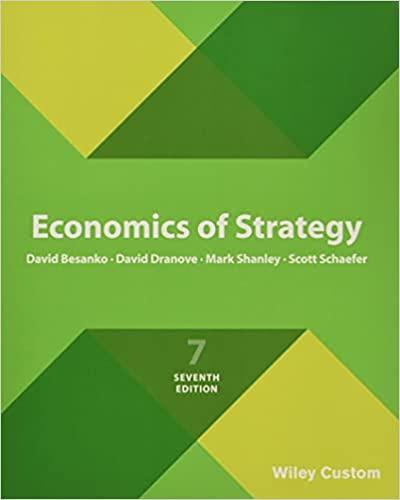A consumers maximum willingness-to-pay, B, reflects the consumers tastes and his/ her income or wealth constraintsthat is,
Question:
A consumer’s maximum willingness-to-pay, B, reflects the consumer’s tastes and his/
her income or wealth constraints—that is, one consumer may have a higher willingnessto-
pay for a good than another consumer because he/she “likes” the good more (e.g., because of its attributes or performance) or because he/she has more disposable income than the other consumer, or because of some combination of both taste and income differences. From a company’s perspective, does it matter whether differences in B across potential consumers is primarily driven by differences in taste or differences in income?
Fantastic news! We've Found the answer you've been seeking!
Step by Step Answer:
Related Book For 

Economics Of Strategy
ISBN: 9781119378761
7th Edition
Authors: David Besanko, David Dranove, Mark Shanley, Scott Schaefer
Question Posted:






